The traditional approach of putting children in time-out when they misbehave is increasingly coming under scrutiny. This method often leaves children isolated with their emotions, effectively penalizing them for experiencing natural feelings or punishing them for feeling their feels in the first place.
Such an approach can inadvertently teach kids that their emotions are wrong, fostering resentment towards themselves, their caregivers, and the world around them.
While traditional time outs may lead to immediate compliance, they often miss the opportunity to teach children about the underlying issues behind their behavior.
So what if we could navigate these challenging moments differently?
Let’s explore compassionate alternatives to time out that not only address behavior but also nurture emotional intelligence and secure attachments between children and caregivers.
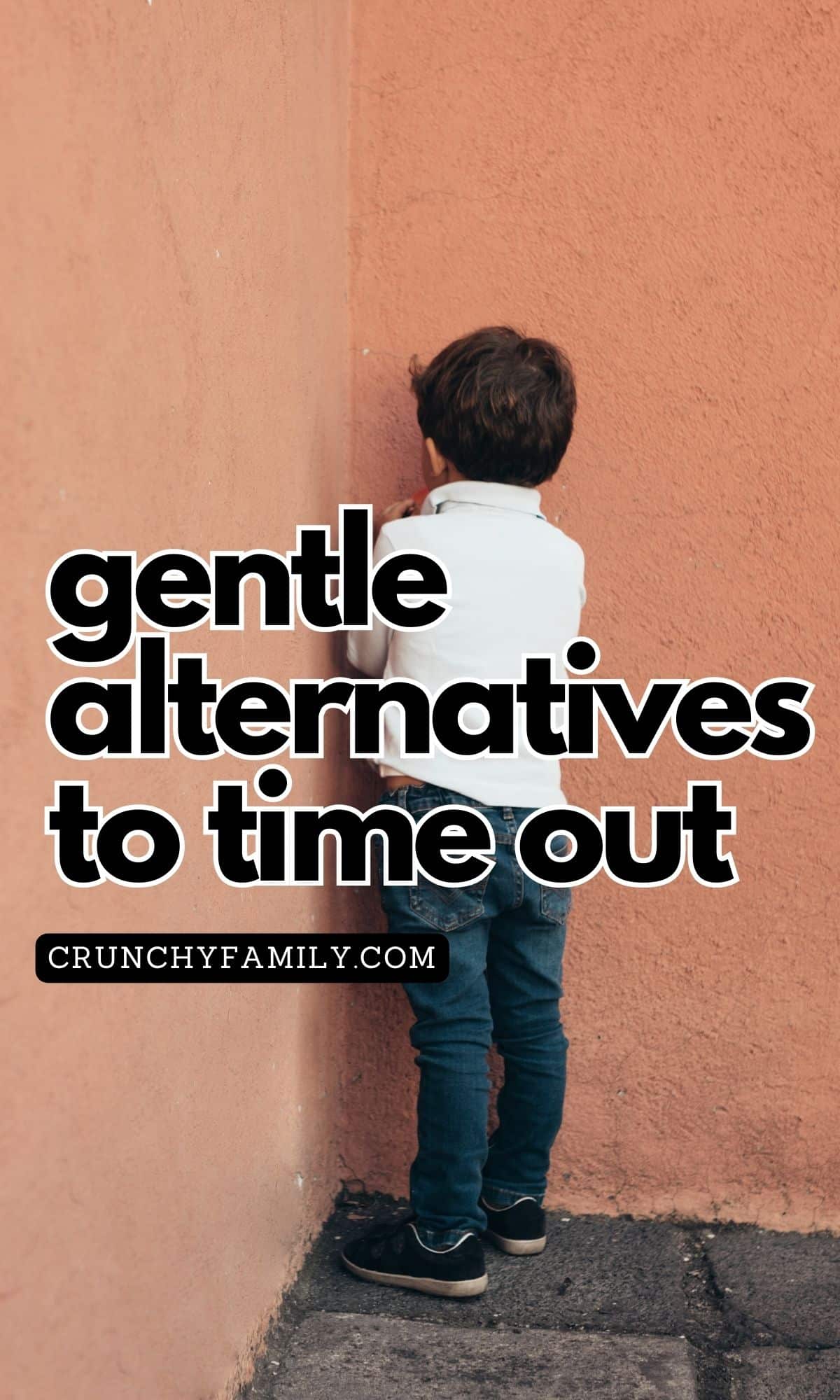
Table of Contents
Gentle Parenting Alternatives to Time Out
If you’ve chosen to steer away from some of the traditional more authoritarian parenting approaches in favor of a more gentle parenting style, then you may be wondering how best to deal with difficult behaviour.
Gentle parenting does not mean ignoring all types of bad behaviour and just hoping for the best. Gentle parenting is also not the same as permissive parenting, and discipline is still important.
Allowing natural consequences to occur is a key principle of positive parenting, teaching children the real-world outcomes of their actions without the need for artificial punishments.
The essence of positive parenting lies in guiding children towards understanding their emotions and behaviors in a supportive, nurturing environment.
Related: Does Gentle Discipline Work?
It’s important to realise, that we’re always evolving. So if you used time outs with your children in the past and now over time, you decided to move away from that or find more effective alternatives then that’s amazing. It’s a case of know better, do better.
If we grew up being beaten, smacked, left outside and other very negative forms of discipline as a child, then time out is already an improvement on those even if it is problematic – and we can still move on from that and do better.
So, wherever you are in your parenting journey, here are a few ideas that may work for your family as an alternative to time out, or the “naughty step”

Time-In
Instead of sending children away to deal with their emotions alone, a “time-in” invites collaboration with your child to develop a solution that works for you both. This teaches your kid how to compromise moving forward.
This method allows parents and children to work together to find a solution that addresses the root of the problem. It’s an opportunity to teach compromise and problem-solving skills.
By facing challenges together, children learn that their feelings are valid and that they’re not alone in navigating them.
The concept of time in also removes the shame associated with time out, or the naughty corner.

This time in can also provide a platform to discuss appropriate behavior, expectations, and how each family member can contribute to a harmonious home environment.
Scream It Out
Anger is a potent emotion, and sometimes, the best way to deal with it is to let it out. Encouraging children to scream or yell outside, perhaps imagining they’re a lion or a tiger, can be incredibly therapeutic.
Research suggests that screaming can significantly reduce stress and possibly anxiety. This physical expression of emotion offers an immediate outlet for pent-up feelings, making it easier for children to discuss what upset them afterward.

Along the same lines, you can also give children a safe space to throw, punch their pillow, release their anger or feelings by scribbling and so on.
Reading Together for Emotional Regulation
Maintaining a collection of children’s books on emotional regulation, resilience, and navigating interpersonal relationships can be a valuable tool.
When emotions run high, sitting down to read a relevant book together can provide both comfort and context for what they’re feeling. It’s also a great way to introduce coping mechanisms and empathy for others’ feelings.
Libraries, no-buy groups, and educators can be excellent resources for expanding your collection.
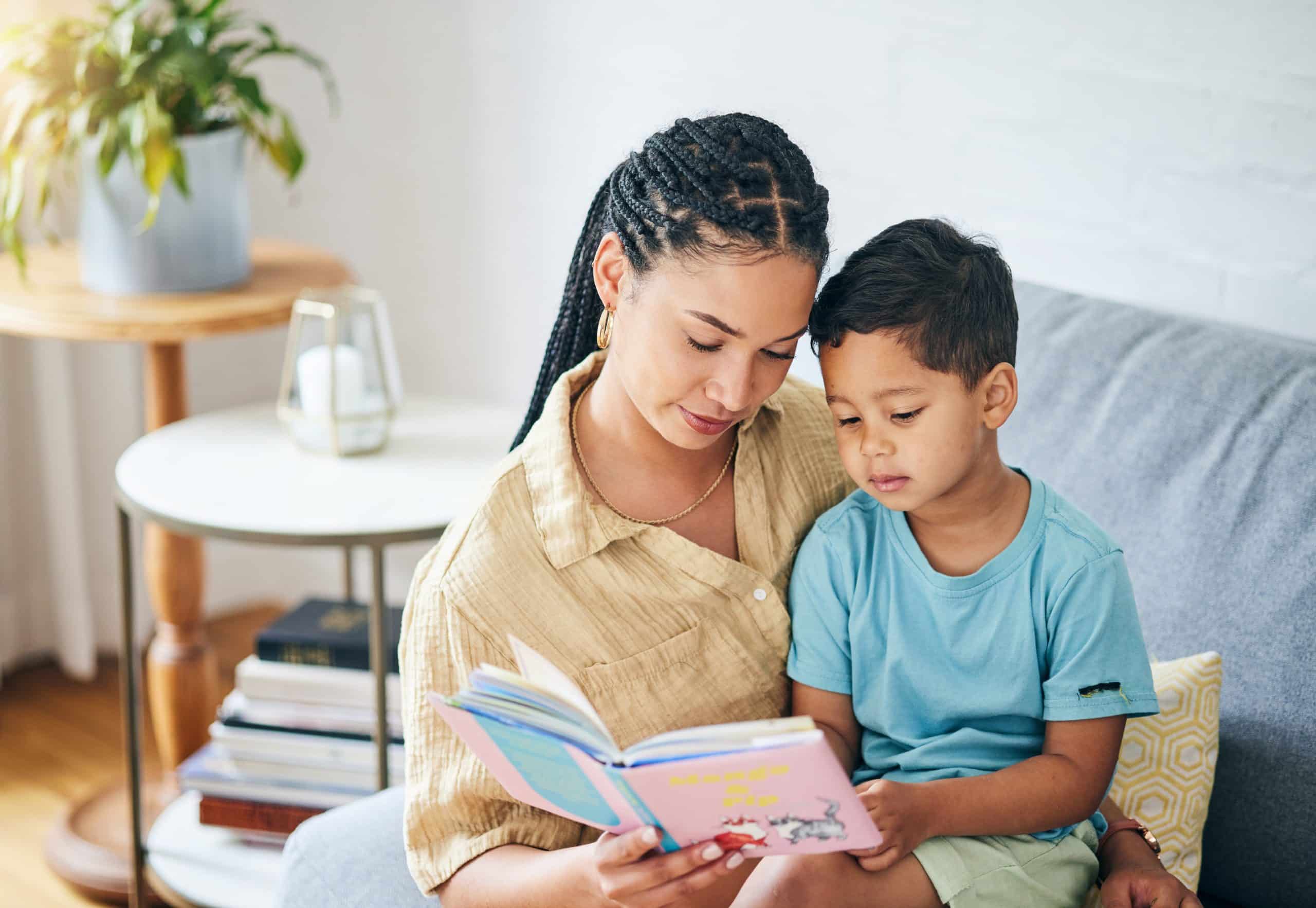
Related: Effective Emotional Regulation Games for Young Kids
Act It Out with Puppet Play
For younger children, using puppets to act out what’s troubling them can be a powerful method of expression.
This technique allows children to externalize their feelings, making them easier to understand and discuss. It’s a way to get on their level and see the world through their eyes, facilitating a deeper connection and understanding between child and caregiver.
Music as a Mood Modifier
Music can profoundly impact our emotions, and this is especially true for children.
While sad children might not be in the mood for upbeat tunes, having a selection of songs that they can relate to or that encourage gentle movement can be soothing.
For neurodivergent children, personal preferences in music can play a significant role in their emotional regulation, making this a versatile tool in addressing a range of feelings and energy levels.
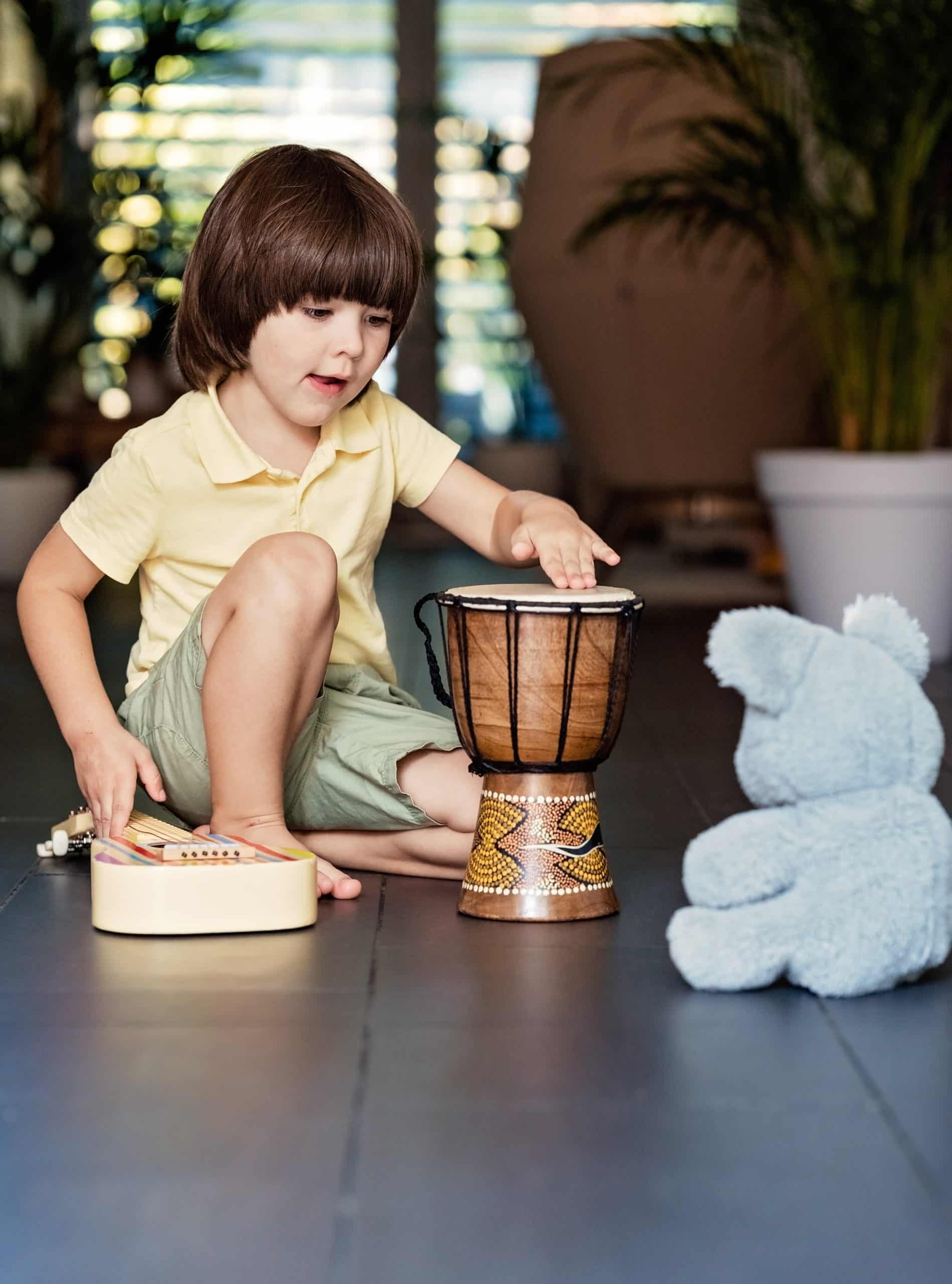
The “Chill” Corner: A Safe Space to Regroup
Creating a designated area in the home where children can retreat when they feel overwhelmed—a “chill” corner—can be incredibly beneficial.
Unlike a time-out space, this area is filled with items designed to comfort and engage, such as sensory tools, blankets, books, puzzles, and activities. It’s a place where children can voluntarily go to collect their thoughts and emotions without feeling punished or ashamed.
Just like with the time in, this method prevents children from having to experience shame and being forced to face their feelings alone. This helps nurture a more secure attachment.
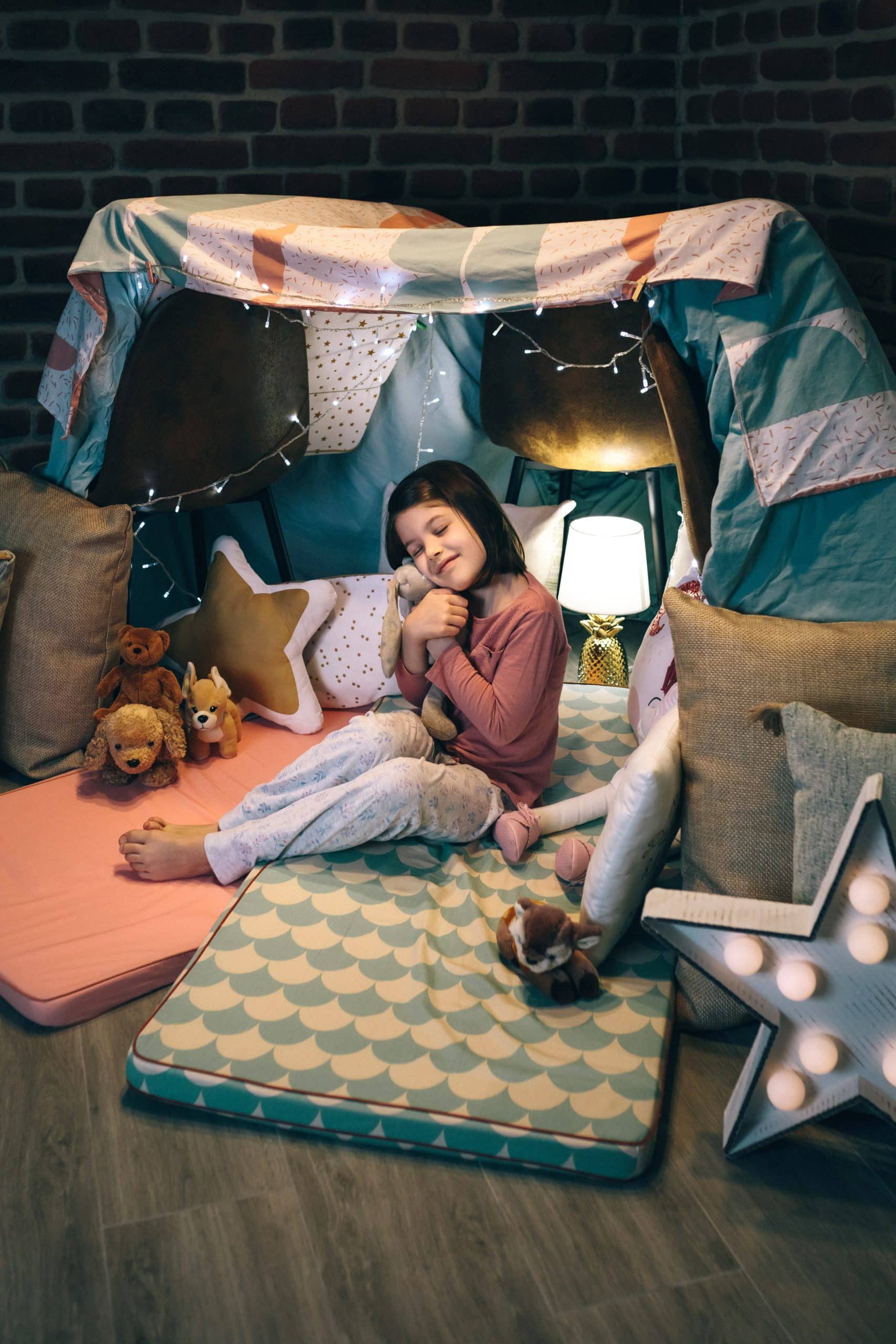
By exploring these alternatives to traditional time-out methods, we can provide our children with the tools they need to understand and regulate their emotions healthily. These strategies not only address immediate behavioral issues but also contribute to the development of emotionally intelligent, resilient individuals.
With these methods, we go on a journey with our children that honors their feelings, fosters emotional intelligence, and strengthens our bonds with them.
This approach does more than just address behavior in the moment; it prepares our children for a future where they feel empowered, understood, and capable of navigating their emotions with confidence and empathy.

By choosing to engage with our children’s emotions rather than isolating them, we lay the groundwork for a generation that values emotional well-being and the power of connection.
In doing so, we’re building a foundation of trust and understanding that will support their emotional development for years to come.
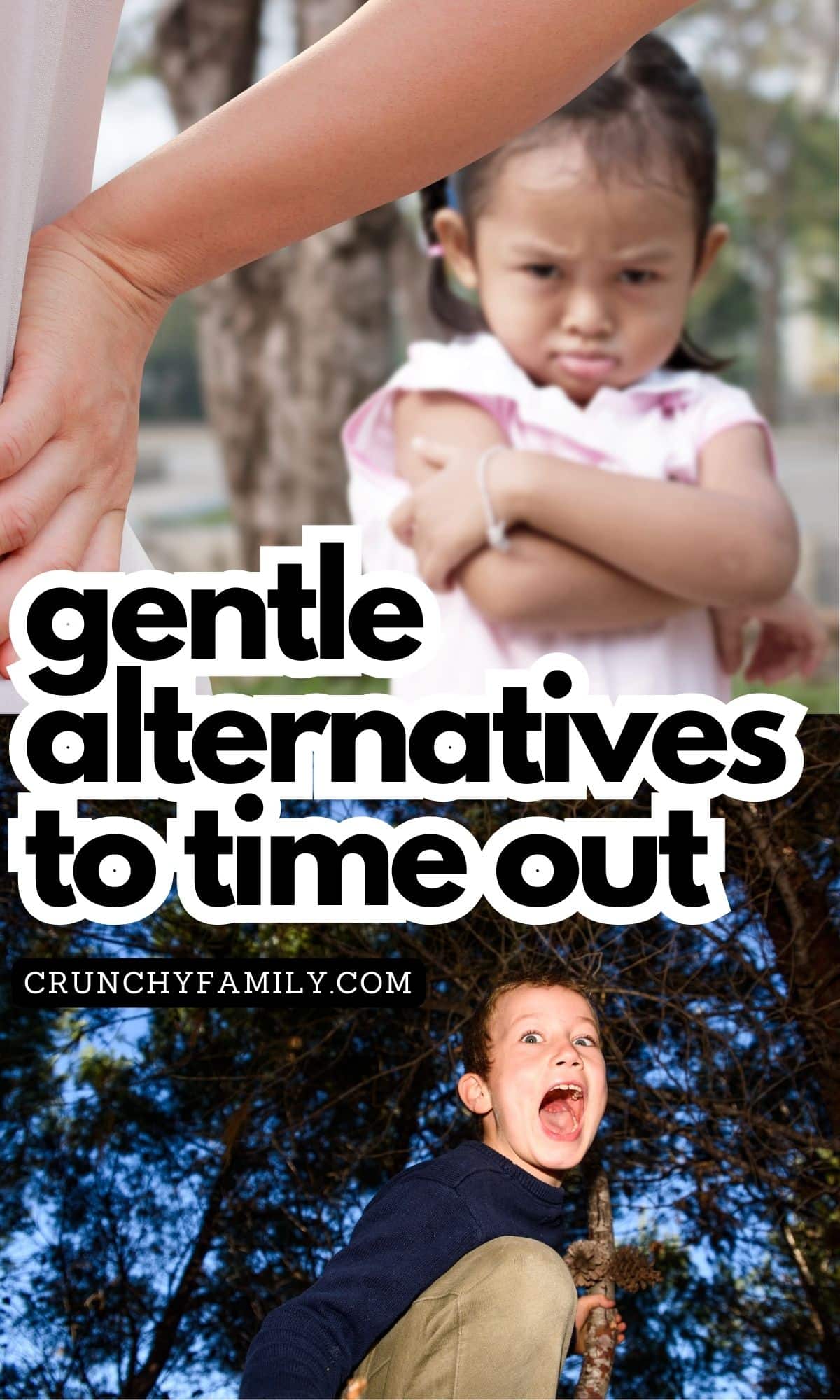
In the heart of positive parenting lies the understanding that every child needs time, patience, and the right environment to learn and exhibit appropriate behavior. Alternatives to traditional timeouts, such as engaging in play, using calming techniques, and encouraging positive discipline, empower parents to address their children’s needs effectively.
At home, these practices not only promote a more harmonious environment but also guide kids toward self-regulation and understanding the natural consequences of their actions. By dedicating ourselves to learning and applying these principles, we can fulfill our children’s needs for growth, guidance, and understanding.
If you found this post helpful we always appreciate any social shares, pin to Pinterest or sign up for our email list to receive regular updates on our new content.
7 thoughts on “6 Gentle Parenting Alternatives to Time Out”